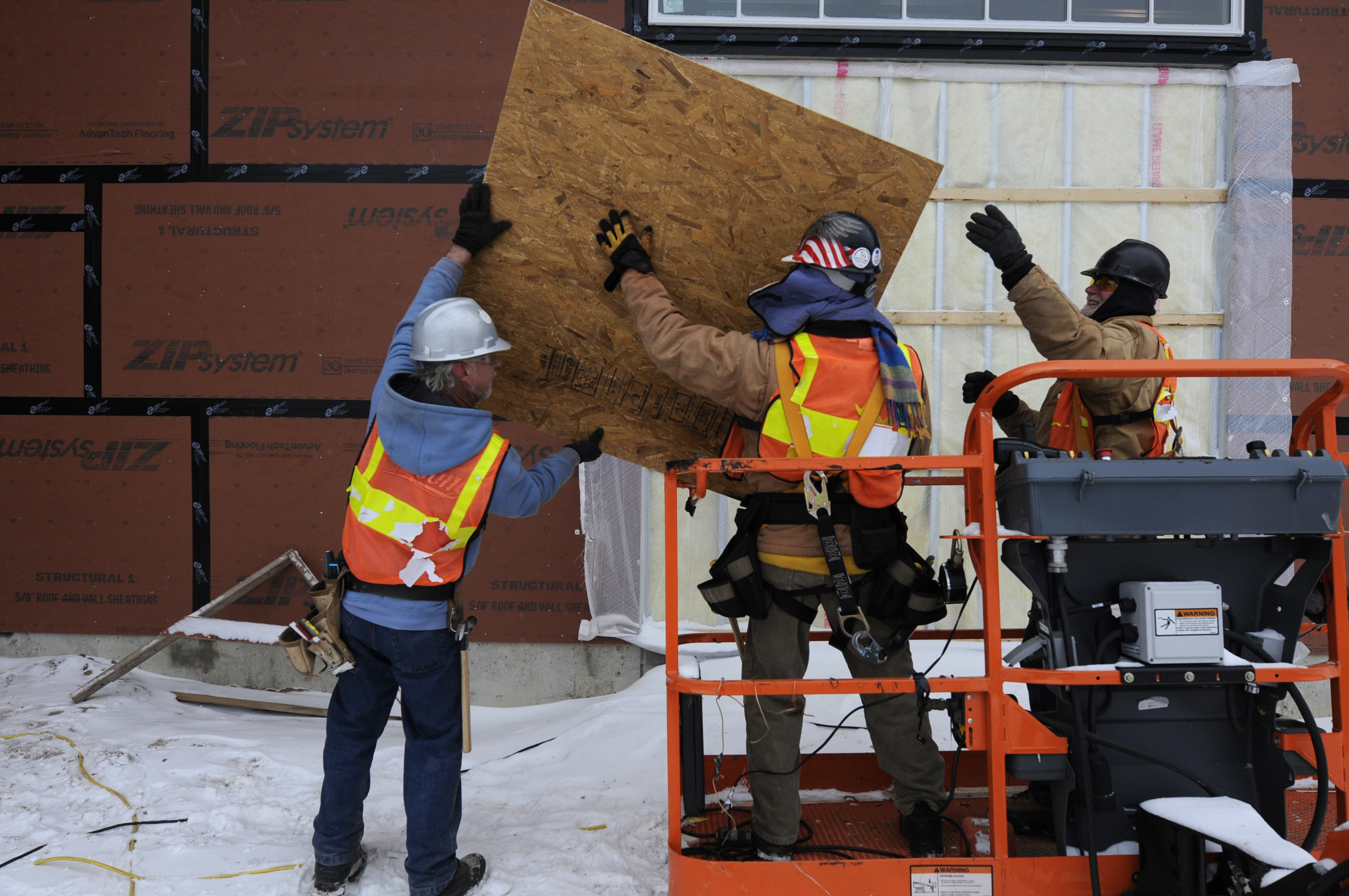The Cold Stress Equation
Posted February 19, 2019
What cold temperatures mean for your safety
Cold-related injuries and illnesses can slowly overcome a person who has been chilled by low temperatures, brisk winds or wet clothing. This dangerous combination is known as “The Cold Stress Equation”, according to the Occupational Safety and Health Administration (OSHA). Here is a closer look at how these factors interact with one another.
Cold Weather Injuries and Illnesses
When you are exposed to cold weather, it is important to know warning signs of serious cold-related conditions. Study the following practices to be ready to assist.
Frostbite
When frostbite occurs, there is freezing in the deep layers of the skin and tissue. The skin becomes pale, waxy-white, hard and numb. This condition usually affects the fingers, hands, toes, feet, ears and nose. If you suspect that a co-worker has frostbite, do the following:
- Move the person to a warm, dry area and do not leave him or her alone.
- Remove any wet or tight clothing that may cut off blood flow to the affected area.
- DO NOT rub the affected skin, as this can cause damage to the skin and tissue.
- Gently place the affected area in a warm water (105° F) bath and monitor the water temperature to slowly warm the tissue. Do not pour warm water directly on the skin because it will warm the tissue too fast. This can cause damage. Warming the skin generally takes about 25 to 40 minutes.
- After the affected area has been warmed, it may become puffy and blister. There may also be a burning sensation and numbness. When normal feeling, movement and skin color have returned, the affected area should be dried and wrapped to keep it warm.
- If the affected area could get cold again, do not warm the skin. Should the skin be warmed and then become cold a second time, there could be severe tissue damage.
- With all frostbite cases, the injured person should seek medical attention as soon as possible.
Hypothermia
When hypothermia occurs, the normal body temperature (98.6° F) drops to or below 95° F and causes fatigue, drowsiness, uncontrolled shivering, bluish skin, slurred speech, clumsy movements, irritability and irrational or confused behavior. If you suspect a co-worker has hypothermia while working on land, do the following:
- Call for emergency assistance as soon as possible.
- Move the person to a warm, dry area and do not leave him/her alone.
- Remove any wet clothing and replace it with warm, dry clothing or wrap the person in blankets.
- Have the person drink warm, sweet drinks (sugar water or a sports drink) if they are alert. Do not administer drinks with caffeine or alcohol.
- Have the person move his or her arms and legs to create muscle heat. If he or she is unable to do this, place warm bottles or hot packs in the armpits, groin, neck and head area. DO NOT rub the person’s body or place him or her in a warm water bath, as this may stop the heart.
If you suspect a co-worker has hypothermia while he or she is in water, do the following:
- Call for emergency assistance immediately. Body heat is lost up to 25 times faster in water.
- DO NOT remove any clothing. Instead, button, buckle, zip and/or tighten any collars, cuffs, shoes and hoods because the layer of trapped water closest to the body provides insulation that slows the loss of heat. Assist the person in keeping his or her head out of water and putting on a hat or hood.
- Get the person out of the water as soon as possible or have him or her climb on a floating item. The person should not attempt to swim, unless another person or object can be reached. Swimming or other physical activity uses necessary body heat and reduces overall survival time by approximately 50 percent.
- If getting the person out of the water is impossible, help the person to wait quietly to conserve body heat by folding the arms across the chest, keeping the thighs together, bending the knees and crossing the ankles. If there are several people in the water, huddling together with chests held tightly generates body heat and can further survival.
Occupational Safeguard
Remaining safe from the elements on the job is both your responsibility and the responsibility of your employer. Keep these recommendations in mind to avoid cold weather injuries and illnesses:
- Recognize environmental and workplace conditions that may lead to potential cold-induced ailments.
- Learn the signs and symptoms of cold-induced ailments and what to do to help others or yourself.
- Select proper clothing for cold, wet and windy conditions. Layer clothing to adjust to changing temperatures and wear a hat, gloves and underwear that will keep water away from the skin. Those made of polypropylene are best.
- Take frequent, short breaks in warm, dry shelters to allow the body to warm up.
- Avoid exhaustion and fatigue to keep your muscles warm.
- Drink warm, sweet beverages and eat high-calorie foods like pasta.
Always have a work buddy that looks out for your safety and you do the same for that person. That way, if either of you needs assistance, you will have the necessary support.

